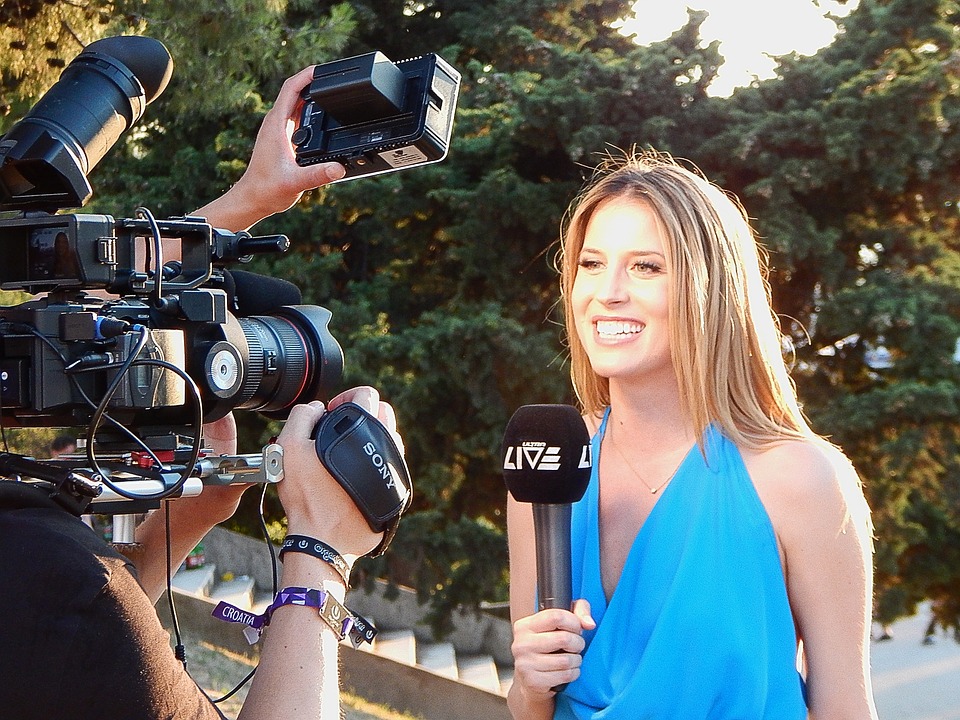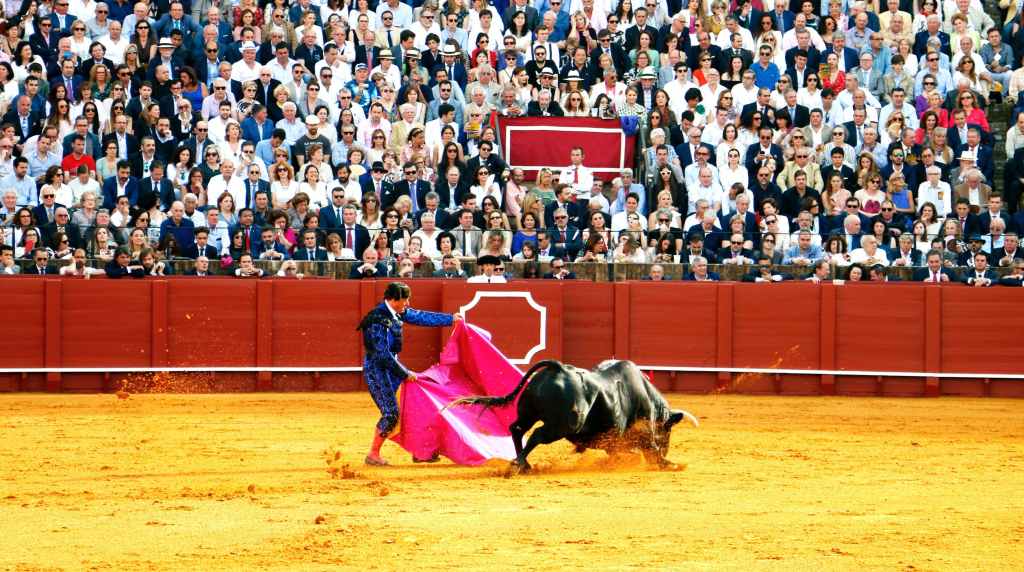 The European Court has ruled in case C‑516/17 Spiegel Online GmbH срещу Volker Beck, which in brief concerns the question to what extent media companies can use copyrighted works for news reporting. The background is as follow:
The European Court has ruled in case C‑516/17 Spiegel Online GmbH срещу Volker Beck, which in brief concerns the question to what extent media companies can use copyrighted works for news reporting. The background is as follow:
Mr Beck had been a member of the Bundestag (Federal Parliament, Germany) since 1994 at the time when the referring court decided to make a reference to the Court. He is the author of a manuscript on criminal policy relating to sexual offences committed against minors. That manuscript was published under a pseudonym in an article to a book published in 1988. At the time of publication, the publisher changed the title of the manuscript and shortened one of its sentences. By letter of 5 May 1988, the author raised an objection with the publisher and called on him, to no avail, to indicate that fact expressly when the book was distributed. Over the following years, Mr Beck, who was criticised for the statements contained in the article, repeatedly contended that the meaning of his manuscript had been altered by the publisher of the book. Mr Beck has distanced himself from the content of that article from at least 1993.
In 2013, Mr Beck’s manuscript was discovered in certain archives and was put to him on 17 September 2013 when he was a candidate in parliamentary elections in Germany. The following day, Mr Beck provided various newspaper editors with that manuscript in order to show that it had been amended by the publisher for the purposes of the publication of the article in question. He did not, however, give consent for the editors to publish the manuscript and article. Instead, he personally published them on his own website accompanied across each page by the statement ‘I dissociate myself from this contribution. Volker Beck’. The pages of the article published in the book in question additionally bore the words: ‘[The publication of] this text is unauthorised and has been distorted by the publisher’s editing at its discretion of the heading and body of the text’.
Spiegel Online operates the internet news portal Spiegel Online. On 20 September 2013, it published an article in which it contended that, contrary to Mr Beck’s claim, the central statement appearing in his manuscript had not been altered by the publisher and therefore that he had misled the public over a number of years. In addition to the article, the original versions of the manuscript and book contribution were available for download by means of hyperlinks.
Mr Beck brought an action before the Landgericht (Regional Court, Germany) challenging the making available of complete texts of the manuscript and article on Spiegel Online’s website, which he considers to be an infringement of copyright. That court upheld Mr Beck’s action. After its appeal was dismissed, Spiegel Online brought an appeal on a point of law (Revision) before the referring court.
That court considers that the interpretation of Article 5(3)(c) and (d) of Directive 2001/29, read in the light of fundamental rights, in particular of freedom of information and of freedom of the press, is not obvious. It asks inter alia whether that provision allows any discretion for the purposes of its transposition into national law. It notes in that regard that, according to the case-law of the Bundesverfassungsgericht (Federal Constitutional Court, Germany), national legislation which transposes an EU directive must be measured, as a rule, not against the fundamental rights guaranteed by the Grundgesetz für die Bundesrepublik Deutschland (Basic Law for the Federal Republic of Germany), of 23 May 1949 (BGBl 1949 I, p. 1), but solely against the fundamental rights guaranteed by EU law, where that directive does not allow the Member States any discretion in its transposition.
In those circumstances, the Bundesgerichtshof (Federal Court of Justice, Germany) decided to stay the proceedings and to refer the following questions to the Court of Justice for a preliminary ruling:
‘(1) Do the provisions of EU law on the exceptions or limitations [to copyright] laid down in Article 5(3) of Directive 2001/29 allow any discretion in terms of implementation in national law?
(2) In what manner are the fundamental rights of the Charter of Fundamental Rights of the European Union to be taken into account when determining the scope of the exceptions or limitations provided for in Article 5(3) of Directive 2001/29 to the exclusive right of authors to reproduce (Article 2(a) of Directive 2001/29) and to communicate to the public their works, including the right to make their works available to the public (Article 3(1) of Directive 2001/29)?
(3) Can the fundamental rights of freedom of information (second sentence of Article 11(1) of the Charter) or freedom of the press (Article 11(2) of the Charter) justify exceptions or limitations to the exclusive rights of authors to reproduce (Article 2(a) of Directive 2001/29) and communicate to the public their works, including the right to make their works available to the public (Article 3(1) of Directive 2001/29), beyond the exceptions or limitations provided for in Article 5(3) of Directive 2001/29?
(4) Is the making available to the public of copyright-protected works on the web portal of a media organisation to be excluded from consideration as the reporting of current events not requiring permission as provided for in Article 5(3)(c), second case, of Directive 2001/29, because it was possible and reasonable for the media organisation to obtain the author’s consent before making his works available to the public?
(5) Is there no publication for quotation purposes under Article 5(3)(d) of Directive 2001/29 if quoted textual works or parts thereof are not inextricably integrated into the new text — for example, by way of insertions or footnotes — but are made available to the public on the Internet by means of a link in [Portable Document Format (PDF)] files which can be downloaded independently of the new text?
(6) In determining when a work has already been lawfully made available to the public within the meaning of Article 5(3)(d) of Directive 2001/29, should the focus be on whether that work in its specific form was published previously with the author’s consent?’
The Court’s decision:
1. Article 5(3)(c), second case, and (d) of Directive 2001/29/EC of the European Parliament and of the Council of 22 May 2001 on the harmonisation of certain aspects of copyright and related rights in the information society must be interpreted as not constituting measures of full harmonisation of the scope of the exceptions or limitations which they contain.
2. Freedom of information and freedom of the press, enshrined in Article 11 of the Charter of Fundamental Rights of the European Union, are not capable of justifying, beyond the exceptions or limitations provided for in Article 5(2) and (3) of Directive 2001/29, a derogation from the author’s exclusive rights of reproduction and of communication to the public, referred to in Article 2(a) and Article 3(1) of that directive respectively.
3. In striking the balance which is incumbent on a national court between the exclusive rights of the author referred to in Article 2(a) and in Article 3(1) of Directive 2001/29 on the one hand, and, on the other, the rights of the users of protected subject matter referred to in Article 5(3)(c), second case, and (d) of that directive, the latter of which derogate from the former, a national court must, having regard to all the circumstances of the case before it, rely on an interpretation of those provisions which, whilst consistent with their wording and safeguarding their effectiveness, fully adheres to the fundamental rights enshrined in the Charter of Fundamental Rights of the European Union.
4. Article 5(3)(c), second case, of Directive 2001/29 must be interpreted as precluding a national rule restricting the application of the exception or limitation provided for in that provision in cases where it is not reasonably possible to make a prior request for authorisation with a view to the use of a protected work for the purposes of reporting current events.
5. Article 5(3)(d) of Directive 2001/29 must be interpreted as meaning that the concept of ‘quotations’, referred to in that provision, covers a reference made by means of a hyperlink to a file which can be downloaded independently.
6. Article 5(3)(d) of Directive 2001/29 must be interpreted as meaning that a work has already been lawfully made available to the public where that work, in its specific form, was previously made available to the public with the rightholder’s authorisation or in accordance with a non-contractual licence or statutory authorisation.

 The topic for the protection of graffiti works has made the headlines in recent years. One of the possible ways this to be achieved is through the registration of trademarks.
The topic for the protection of graffiti works has made the headlines in recent years. One of the possible ways this to be achieved is through the registration of trademarks.
 The European Court has ruled in case
The European Court has ruled in case  The Advocate General of the European court issued an opinion on Case
The Advocate General of the European court issued an opinion on Case